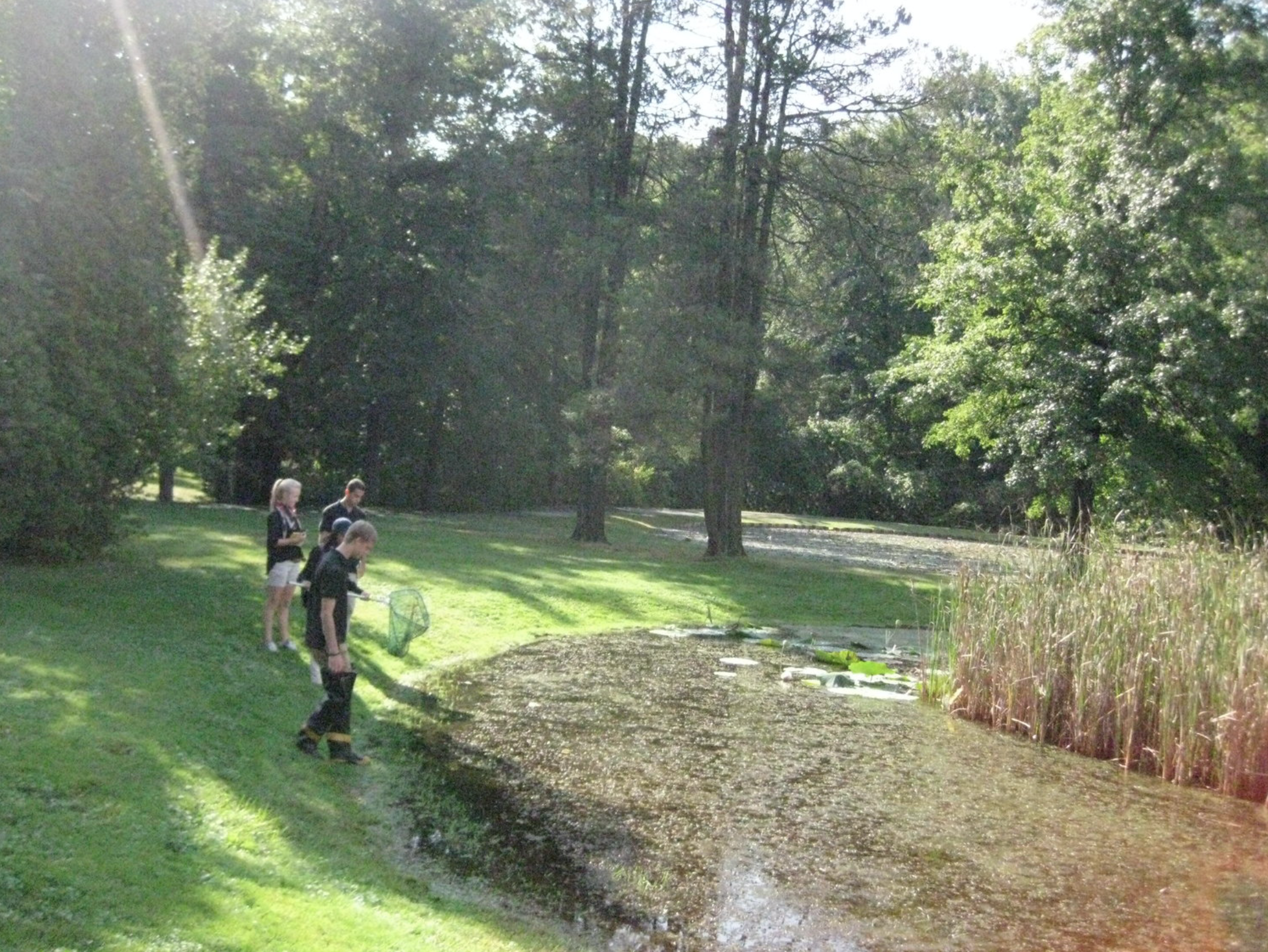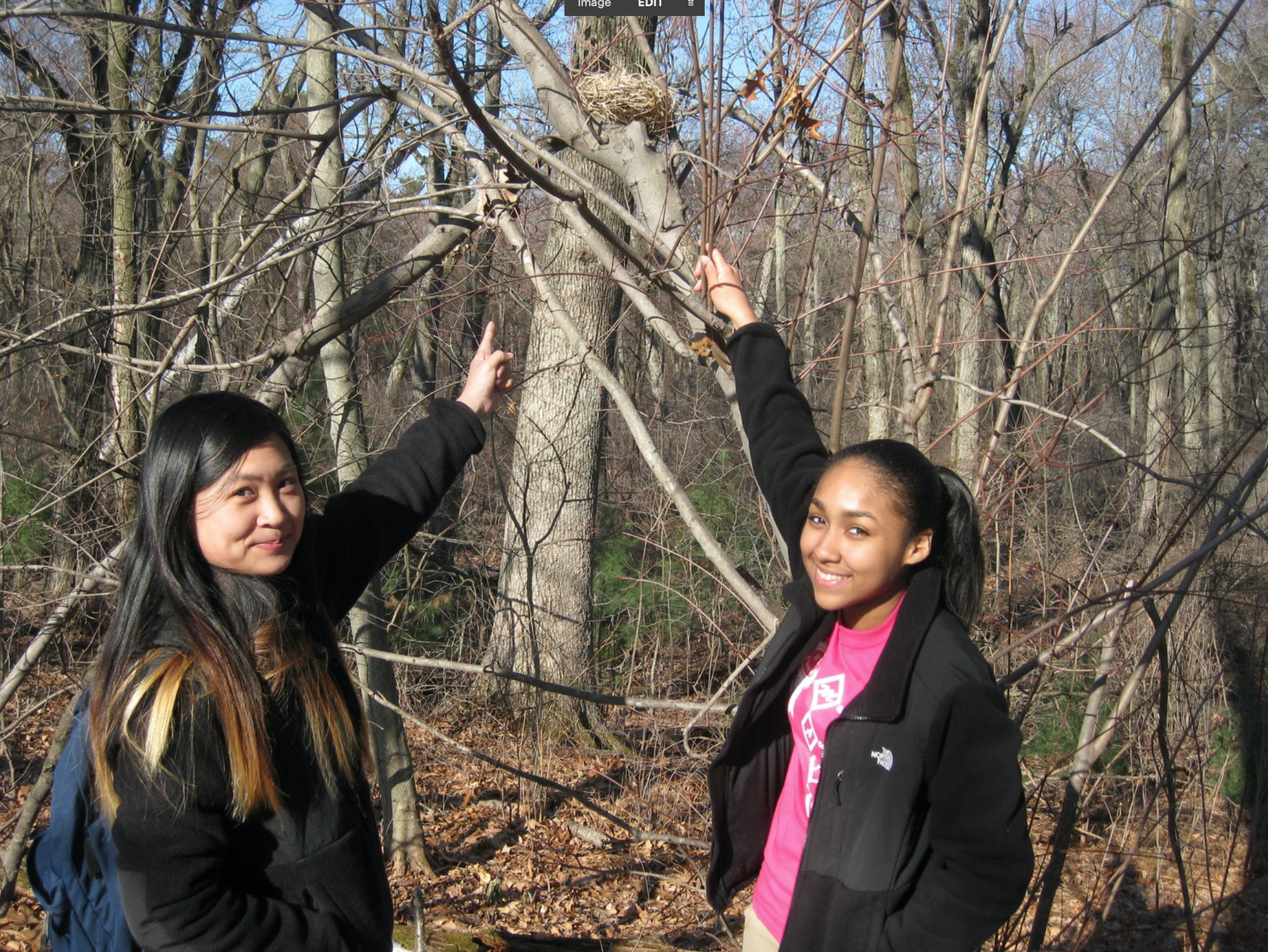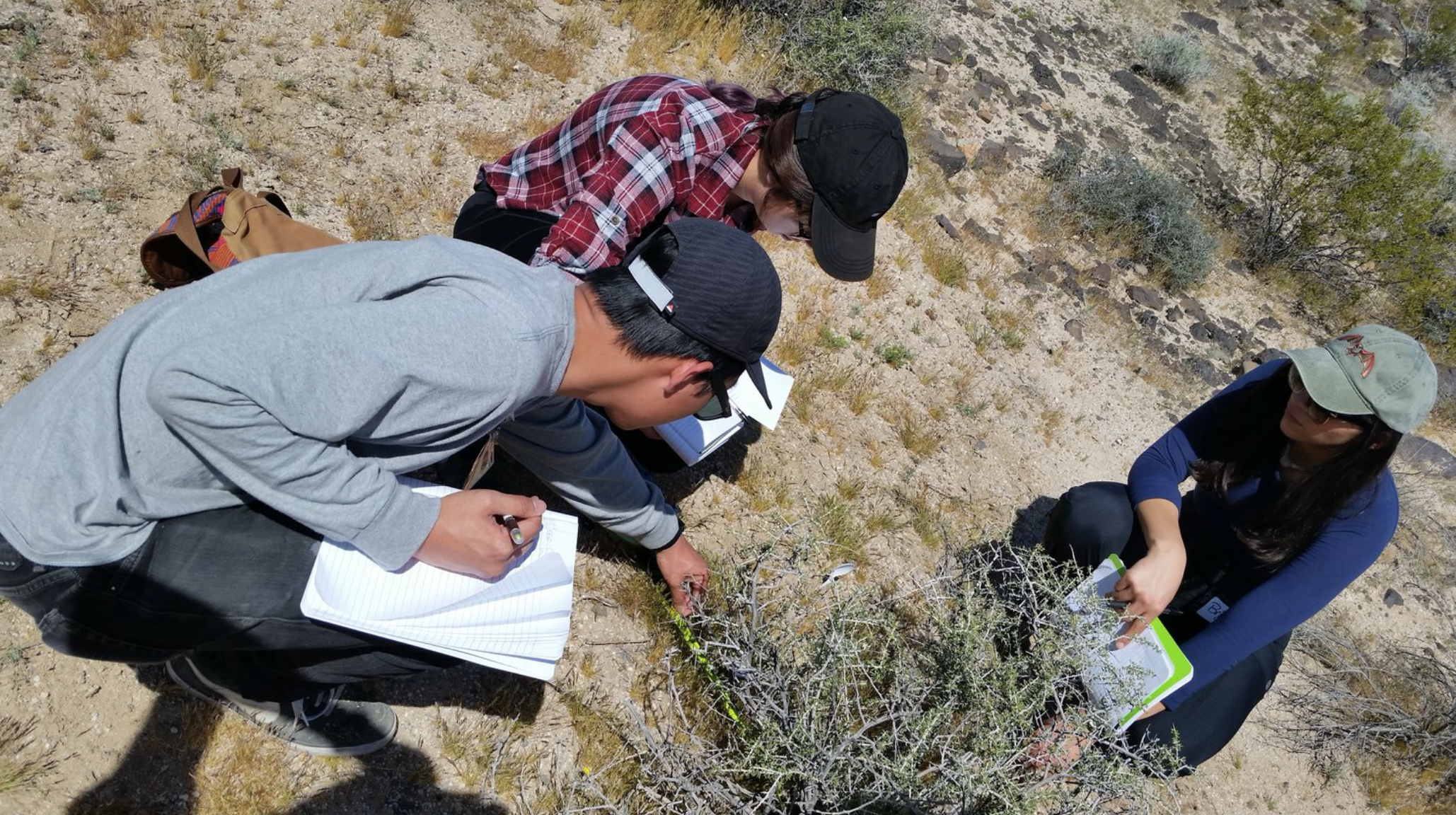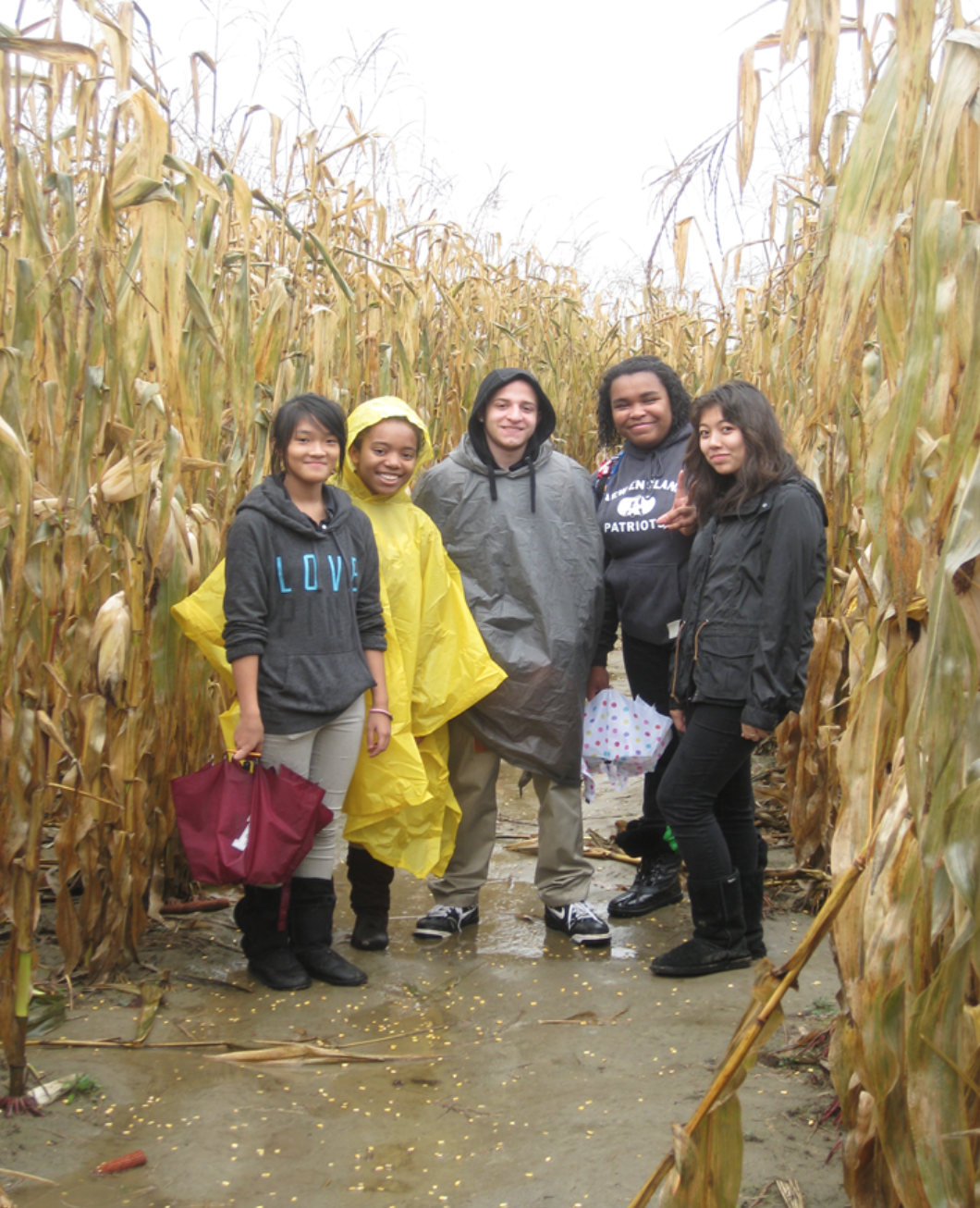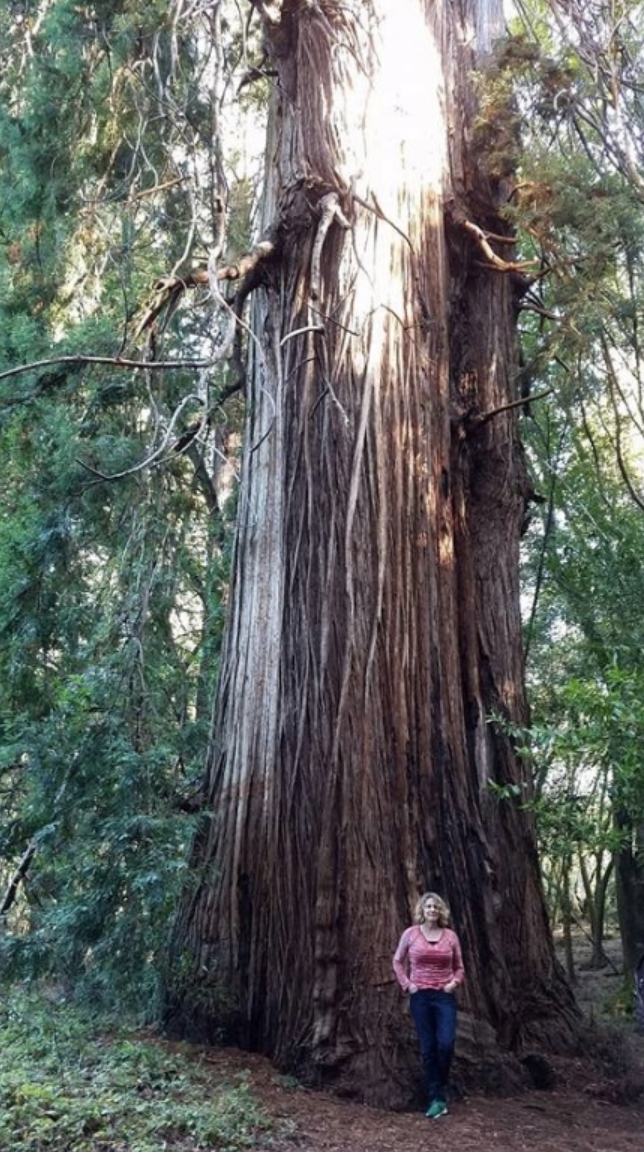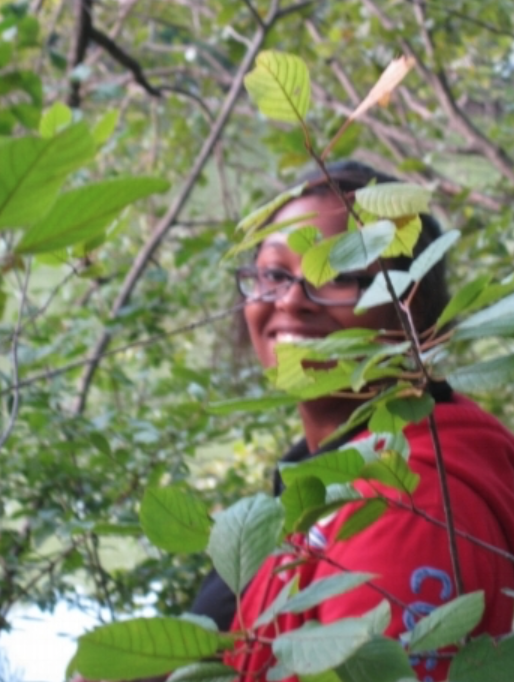Plants are a window into the state of the Earth.
Knowing plants validates plant power, brings them respect, which can make you care, conserve and advocate for plants.
How does Botany and Plant Science help solve Earth’s environmental problems?
Doing science and research with plants helps planet Earth. The more we learn, the more people benefit from plants in a sustainable way.
How to know and learn about plants
In your home. On a walk. In a garden. In art. As a citizen scientist. In school. Out of school. In the woods. On the web. In a book. In the kitchen. In the dirt.
The Top 10 Things to know about Plants
There are about a quarter million different plant species
They dominate ecosystems all over the Earth
They release life giving oxygen into the environment
They have organs
They move
They make their own food
They communicate
They make plant babies in weird and wonderful ways
They make homes for animals
They are givers – food, fuel and housing for us
The Angiosperms
We love flowers, right?
Angiosperms are the botanical group of flowering plants, and dominate all global plant species. With an estimated 400,000 plants species, about 300,000 of those plants are Angiosperms, that’s 75%!
There’s a crazy variety of Angiosperms!
Angiosperms are grouped together because they have flowers as their means of reproduction. Seeds, which are baby plants, develop within the angiosperm flowers, and so begin the plant life cycle.
Plants have Organs, just like Animals
Flowers - FruitS - Seeds - Roots - Stems - Leaves
Flowers
Flower function is reproduction.
Flowers are essential to humanity and biodiversity's survival and sustenance.
Flower structure has wild variation and beauty! Flower parts include the pistil, the female part and stamen, the male part. Or not. Some flowers may be just female, or just male. The peduncle - the best Botany word ever - is the stem that holds up the flower.
Attracted to flowers’ colors and nectar, pollinators like bees and butterflies accidentally brush up on pollen, which is plant sperm. The flower's coy plan works - the pollinators move on to another flower, the pollen brushes up against the female sex organ contact point, the pistil. Fertilization happens, and voila! Plant babies as seeds grow up into the next plant generation.
Fruits
Fruit functions to protect the plant seed.
Fruit structure depends on the flower structure but has areas from outside to inside are called the exocarp, mesocarp, and endocarp.
Fruits are the plant’s evolutionary scheme – sweet fruit gets eaten and the undigested seed gets deposited elsewhere, aiding the sprouting of new plant babies.
Seeds
Seeds are baby plants
with their own food, and immature roots, stems, and leaves, functioning as the embryo of new plants.
Seed foods feed the world – rice, corn, wheat, oats and quinoa are delicious and essential energy foods.
Roots
Roots function to keep plants secure
and absorb water and nutrients.
Roots can be branched, straight, or fine, with lots of surface area. Likewise, they keep soil in place, preventing mudslides and soil depletion.
But not all roots are earth bound. Aerial plants have open air roots that absorb water from the air and get nutrients its surroundings.
Stems
Stems are the point of attachment
for all the other plant organs.
Stems are sturdy with a network of tubes called xylem and phloem running through them. These tubes are like our circulatory system. Xylem brings water and nutrients up from the roots, and phloem brings glucose, plant sugar, down to the rest of the plant.
Leaves
Leaves harvest light and make oxygen
in photosynthesis to make the powerful energy that literally runs the world.
Leaves are usually flat, and are mostly, but not always green. Stomates are tiny holes on the underside of leaves that let carbon dioxide enter and water exit.
Plant Academics - Back in the Day
Charles Edwin Bessey’s book ‘Botany for High School and College’ was published in the 1800’s.
Bessey wanted people to go out and explore plants but wondered if a book was enough.
With apologies from Plants Go Global in the use of the era’s gender expression, Bessey said the following:
“Should this book serve to interest the student in the study of plants as living things, should it succeed in directing him rather to the plants themselves than to the books which have been written about them, should it contribute somewhat to the general reader’s knowledge of the structure and relationship of the plants around him, the objects kept in view in its preparation will have been attained.”
Outdoor Education
Where Plants themselves are the greatest Teachers
Lakes. Marshes. Woods. Desert. Fields. Forests.
Plants teach everywhere.
Learning Plants in School–
Kindergarten through 12th grade and college
If your teachers were excited about plants, they may have been part of class, lab and activities. But the best teacher is going outside.
If you were lucky,
you learned about plants from kindergarten through high school.
Unfortunately, Botany and plant Biology have been pushed out of many science curriculums to make way for standardized test prep.
Biology or Life science studies at any grade level do include plants as part of a bigger picture.
Plant science
can be found in different units, but usually not by itself.
Plants as a subject will show up in ecosystems, biomes, food and nutrition, taxonomy and agriculture, photosynthesis and cellular respiration study units.
Advanced Placement Environmental Science,
the College Board’s college level course features plants in its curriculum in forestry, global change and agriculture units. These specific plant areas connect students to issues and answers, connecting students to issues and plant solutions.
Colleges and universities still offer Botany majors,
yet many of the Plant Science departments have been folded into Animal Science or other related life science studies.
Thanks to the Tishman Environment and Design Center.
Vocational schools and community colleges
teach plants through horticulture, agriculture, nursery and turf management and landscaping.
Thanks to U.S. Fish and Wildlife Service Southeast Region; Haywood Community College.
School Garden resources
Children and young people are the future stewards of our planet Earth.
Growing and learning about plants are the tools to get them started.
Today school gardens are fantastic places for learning about plants, both for students and teachers. Students get their hands dirty, watch plants grow, and eat vegetables they’ve never had before. Math problems are necessary and relevant with growing plants. New vocabulary is enriching. And standardized test results can improve.
First Lady Michelle Obama planted the White House Kitchen Garden,
propelling the school garden movement.
Thanks to NASA/Aubrey Gemignani.
The Botanical Society of America
is the professional organization of American botanists. Working hard to “sustain and provide improved formal and informal education about plants”,
The BSA has an extensive plant website directory featuring plant education and research.
PlantingScience
The BSA's fantastic plant centered
inquiry based education program connects scientist mentors, teachers and students.
Check out the BSA's
Plant Society list.
And don't miss The International Carnivorous Plants Society.
Though some Botany organizations are geared for scientists, many welcome plant learners as members. There are many national societies, from Japan to Pakistan and more. Many have a specific plant focus from succulents, carnivorous plants, orchids, oaks, plant diseases and many others.
The BSA’s Co-sponsored YouTube Series - Plants are Cool Too!
Dr. Chris Martine explains it all.
Read about intelligent plants and how they communicate with biochemicals.











